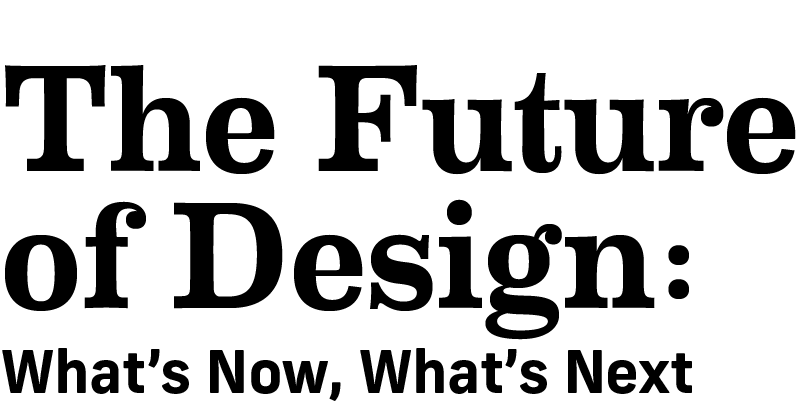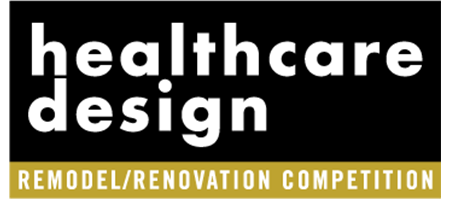HCD Rising Star: Liyang Zhang, architect, Shepley Bulfinch
Liyang Zhang has spent seven years as an architect in healthcare design, where he’s established himself as an expert in the design and coordination of technology-intensive spaces, including operating rooms, imaging suites, intensive care units (ICU), and behavioral health facilities.
While studying at Clemson University (Clemson, S.C.), Zhang completed a healthcare internship at HOK (Atlanta). Upon his graduation with a master’s degree in architecture and specialized training in healthcare, he was selected for the Tradewell Fellowship at Page (Houston), now a part of Stantec. There, he conducted independent research on ICU design, examining best practices and helping to advance industry discourse through firm-based initiatives and international presentations. He joined Shepley Bullfinch (Houston, Texas) in March 2025 as an architect.
He’s continued to apply and develop this knowledge throughout his early career on a variety of complex healthcare projects such as Houston Methodist Hospital’s 26-story Centennial Tower in Houston and an expansion of the University of Texas Medical Branch League City campus. As a healthcare planner on a replacement project for North Texas State Hospital in Wichita Falls, Texas, he ensured that the project aligned with rigorous infrastructure and regulatory requirements.
Across both research and practice, Zhang works to integrate existing clinical and planning data into custom business intelligence dashboards to help streamline the programming process. These tools enable real-time visualization of space allocations, performance benchmarks, and planning assumptions, while also improving communication, tracking standards, and connecting data insights directly to project deliverables.
Using his skills in interdisciplinary coordination, regulatory compliance, and data-informed methodologies, Zhang is positioning himself to be a key contributor to the delivery of complex, technology-driven healthcare environments for years to come.
Path to healthcare design: My interest in healthcare design began with a milestone hospital project during my undergraduate studies. I was fascinated by the profound impact the built environment can have on people’s lives, especially in moments of vulnerability. That early exposure led me to pursue a master’s degree in healthcare architecture at Clemson University. Since then, I’ve continued to be drawn to complex, engineering-intensive projects that challenge me to balance systems and built environments.
Describe your design approach: User-centered, purpose-driven, technically rigorous, and data-informed.
Most rewarding project to date: A current Texas-based healthcare project that spans several million feet across two buildings. It’s a massive, engineering-intensive megahospital with some of the most complex programming and planning conditions I’ve encountered. It has challenged me to grow as an orchestrator, not only in coordinating with consultants and aligning technical systems but also navigating work under chaotic uncertainties. Structured problem-solving exercises were used to mirror the complexity required on the megahospital project, demonstrating the critical impact of planning and collaboration.
What success means to you: Success is about continuous growth and staying true to my values. It’s about knowing who I am, what drives me, and who I aspire to be and having the courage to follow that path. Success also means embracing failure, acknowledging my limitations, and growing through those experiences. Ultimately, it’s not just about achieving goals but about approaching the journey with clarity, resilience, and authenticity.
Industry challenge on your radar: The integration of robotic technologies into clinical care is evolving rapidly, but healthcare design hasn’t fully kept pace. From robotic surgical systems that require larger, more specialized operating rooms to robotic logistics and vertical transportation systems that automate supply delivery and waste removal, these advancements are reshaping how hospitals operate. As robotics become more central to both clinical care and operations, we must rethink spatial planning, infrastructure, and workflows to support precision, efficiency, and adaptability.
Find updates and additional information on the 2025 HCD Conference + Expo here.
Click here to read more about all of HCD’s 2025 Rising Stars.












